After years of trials, Iowa State genetic scientists can build a DNA structure that can express its own genetic instructions, which could lead to medical advances.
Category: genetics – Page 172

Real-World Development of
Patients with recurrent Escherichia coli bacteremia can harbor strains with mutations that promote multidrug antibiotic resistance:
Certain patients with gram-negative bacterial bloodstream infections (GNB-BSIs) are well-known to experience recurrent bacteremia after receiving antimicrobial therapy — but is this phenomenon due to microbial factors? Researchers have analyzed isolates from patients with relapsed GNB-BSIs in which the initial and subsequent strains were nearly identical genetically.
Paired bacteremic isolates of E. coli, Klebsiella species, Serratia marcescens, and Pseudomonas aeruginosa were identified for a detailed analysis of the E. coli strains. Time-kill studies found that 4 of the 11 recurrent isolates had a higher number of bacterial colony-forming units persisting through 24 hours of exposure to meropenem. The recurrent strain with the greatest number of persisting cells had a loss-of-function mutation in the ptsI gene (involved in the phosphoenolpyruvate phosphotransferase system and shown in vitro to be important to the effects of bactericidal antibiotics). Challenging mice with the initial and ptsI mutant recurrent strains in a bacteremia model showed that both variants were equally virulent, but the recurrent strain was 10-fold less susceptible to treatment with ertapenem.
This work affirms the clinical importance of persister bacterial strains in relapsing infections while also confirming the role of bacterial metabolic pathways in the development of antibiotic resistance. The results also raise the question of whether more-prolonged antibiotic therapy might be appropriate in individuals who develop recurrent E. coli bacteremia without an obvious host-related explanation.
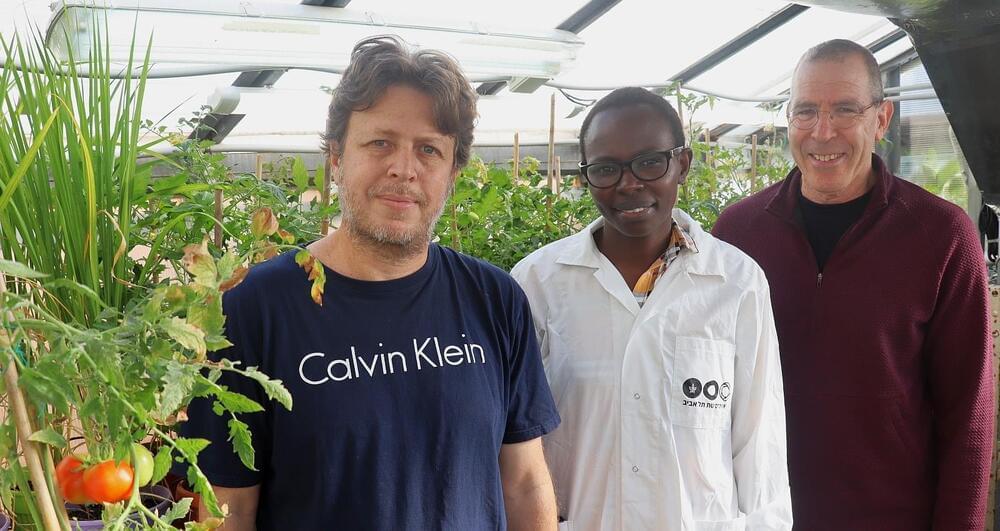
Scientists gene-edit tomatoes to need less water
Climate change and increasingly extreme weather conditions are predicted to wreak havoc with humanity’s food security. But hopefully, at least tomatoes will stay safe.
Researchers from Tel Aviv University have succeeded in cultivating tomato varieties that consume less water as they grow without compromising on yield, quality or taste, using CRISPR genome editing technology.
Their study, which contributes to growing efforts to ensure food security in a world of diminishing freshwater resources, was recently published in the journal PNAS.

Jennifer Doudna: Delivering the future of CRISPR-based genome editing
Nobel laureate details new applications at Kuh Distinguished Lecture.
Jennifer Doudna, Nobel laureate and Li Ka Shing Chancellor’s Chair and Professor in the Departments of Chemistry and of Molecular and Cell Biology, presented this year’s Ernest S. Kuh Distinguished Lecture, “Delivering the Future of CRISPR-Based Genome Editing,” on February 2 at UC Berkeley. The sold-out event — produced by Berkeley Engineering in collaboration with the Society of Women Engineers — marks the 11th talk in the lecture series, which features scientists and engineers tackling the world’s most pressing problems.
Doudna is known for developing CRISPR-Cas9, a groundbreaking technology that some call “genetic scissors.” With it, scientists can snip and edit DNA — the genetic code of life — unlocking remarkable possibilities in biology, including treatments for thousands of intractable diseases. This work has changed the course of genomics research, allowing scientists to rewrite DNA with unprecedented precision, and won Doudna and collaborator Emmanuelle Charpentier the 2020 Nobel Prize in Chemistry.
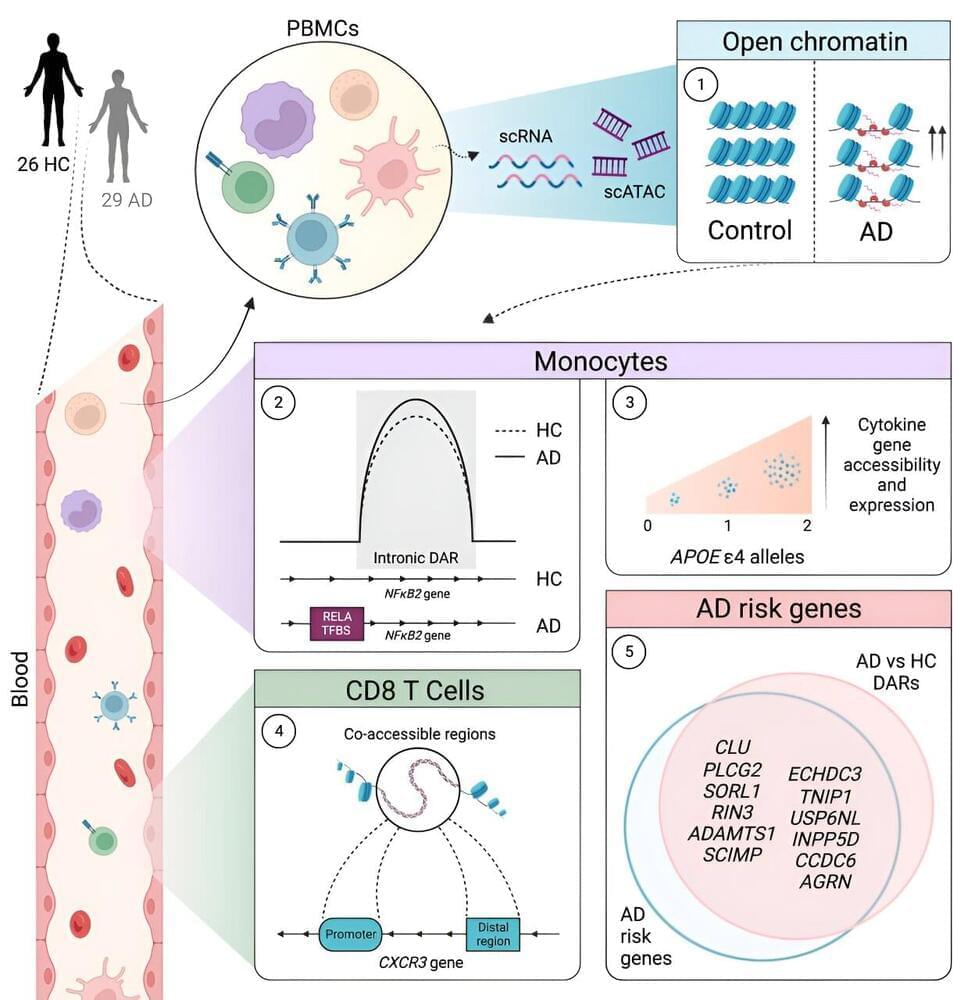
Immune genes are altered in Alzheimer’s patients’ blood
A new Northwestern Medicine study has found the immune system in the blood of Alzheimer’s patients is epigenetically altered. That means the patients’ behavior or environment has caused changes that affect the way their genes work.
Many of these altered immune genes are the same ones that increase an individual’s risk for Alzheimer’s. Northwestern scientists theorize the cause could be a previous viral infection, environmental pollutants or other lifestyle factors and behaviors.
“It is possible that these findings implicate the peripheral immune response in Alzheimer’s disease risk,” said lead investigator David Gate, assistant professor of neurology at Northwestern University Feinberg School of Medicine. “We haven’t yet untangled whether these changes are reflective of brain pathology or whether they precipitate the disease.”
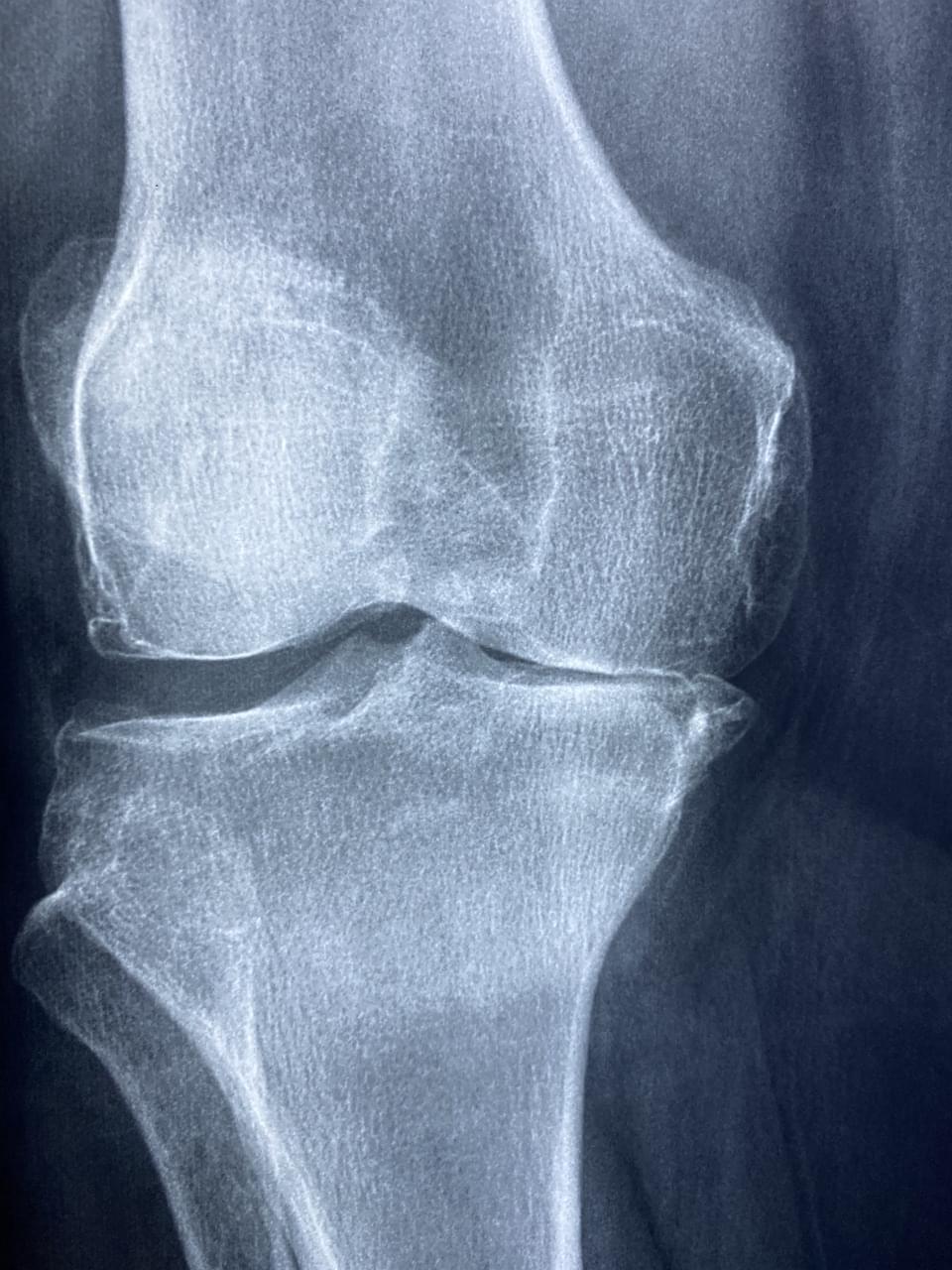
Resolvin T4 Found to Reverse Inflammation and Reduce Vascular Disease
Inflammation is the signature characteristic of arthritis. Quite literally, “arthritis” means swelling or inflammation of a one or more joints. A common diagnosis among older individuals, the primary cause is inconclusive, but the medical community agrees that it is most likely the cause of disease, genetic defect, an injury, or overuse. The major symptoms include joint pain and stiffness. There are many different types of arthritis, which can have varying symptoms and dictate treatment. Two of the most common include osteoarthritis and rheumatoid arthritis (RA).
Osteoarthritis is caused by the deterioration or break down of cartilage. Cartilage is the slick tissue between bones to allow for easy movement. Rheumatoid arthritis occurs when the immune system attacks the joints. There are many different treatments to target arthritis, but the overall goal is to reduce symptoms and improve the patient’s quality of life. Researchers are currently finding new ways to overcome the disease and possibly reverse the effects of inflammation.
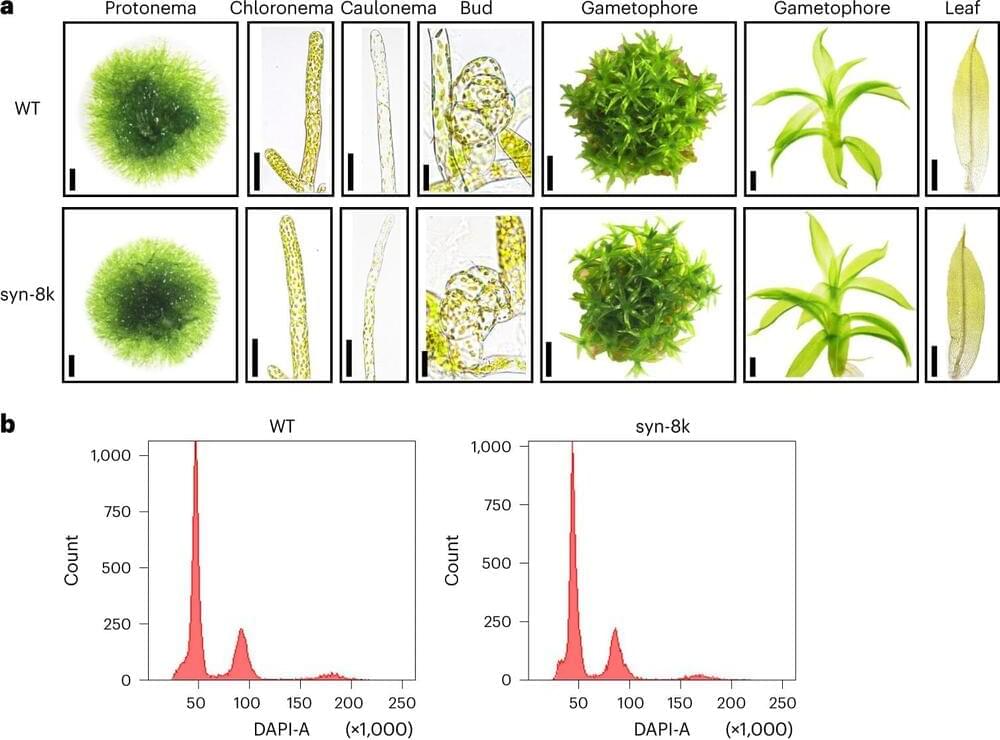
SynMoss project grows moss with partially synthetic genes
A Chinese team of life scientists, microbiologists, plant researchers and seed designers has developed a way to grow engineered moss with partially synthetic genes. In their project, reported in the journal Nature Plants, the group engineered a moss that is one of the first living things to have multiple cells carrying a partially artificial chromosome.
Several research projects have been working toward the goal of creating plants with synthetic genes —such plants could be programmed to produce more food, for example, or more oxygen, or to pull more carbon dioxide from the air. Last year, one team of researchers developed a way to program up to half of the genome of yeast cells using synthetic genes.
In this new effort, the team in China upped the ante by replacing natural moss genes with genes created in a lab—moss is far more genetically complex than yeast. They call their project SynMoss.
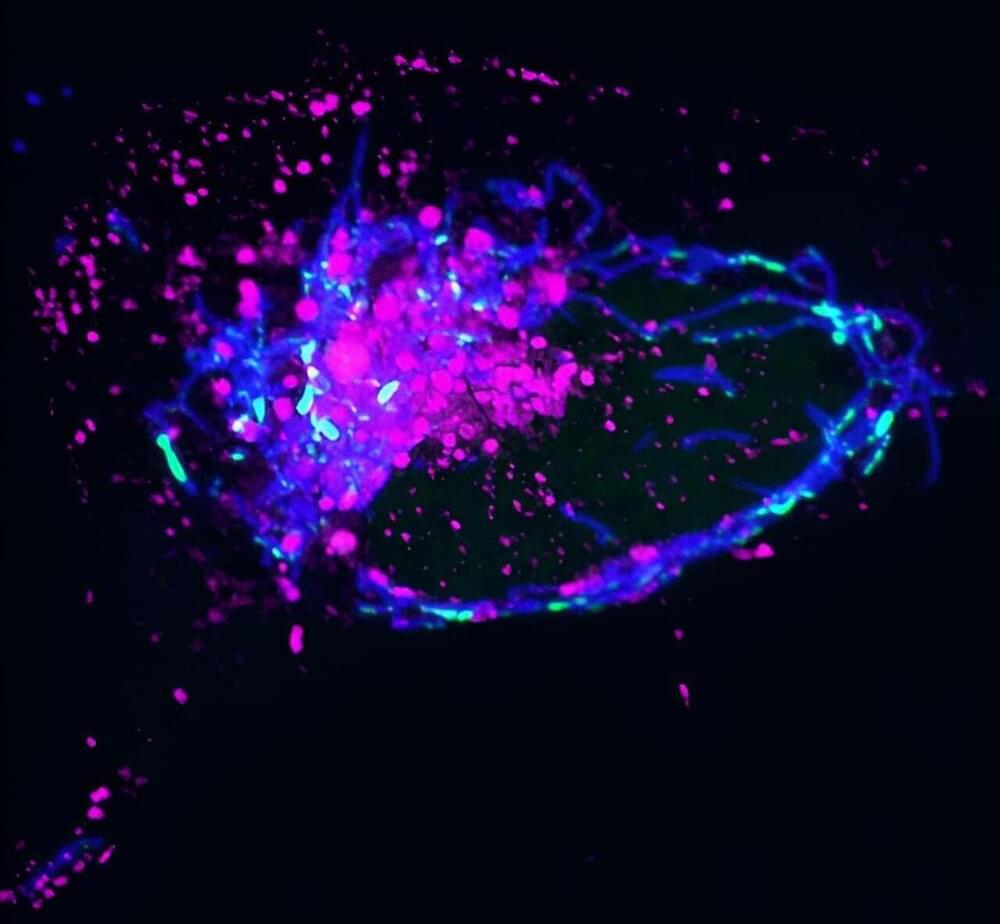
Faulty DNA disposal system found to cause inflammation
Cells in the human body contain power-generating mitochondria, each with their own mtDNA—a unique set of genetic instructions entirely separate from the cell’s nuclear DNA that mitochondria use to create life-giving energy. When mtDNA remains where it belongs (inside of mitochondria), it sustains both mitochondrial and cellular health—but when it goes where it doesn’t belong, it can initiate an immune response that promotes inflammation.
Now, Salk scientists and collaborators at UC San Diego have discovered a novel mechanism used to remove improperly functioning mtDNA from inside to outside the mitochondria. When this happens, the mtDNA gets flagged as foreign DNA and activates a cellular pathway normally used to promote inflammation to rid the cell of pathogens, like viruses.
The findings, published in Nature Cell Biology, offer many new targets for therapeutics to disrupt the inflammatory pathway and therefore mitigate inflammation during aging and diseases, like lupus or rheumatoid arthritis.
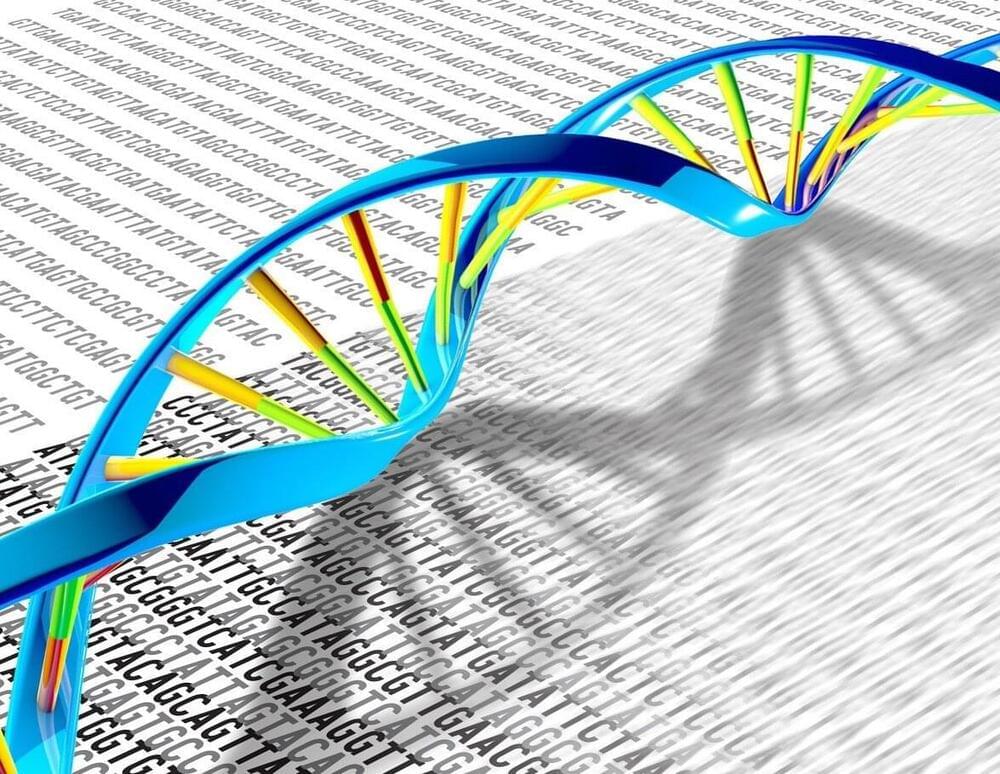
Pioneering technique reveals new layer of human gene regulation
A technique can determine for the first time how frequently, and exactly where, a molecular event called “backtracking” occurs throughout the genetic material (genome) of any species, a new study shows.
Published online February 9 in Molecular Cell, the study results support the theory that backtracking represents a widespread form of gene regulation, which influences thousands of human genes, including many involved in basic life processes like cell division and development in the womb.
Led by researchers from NYU Grossman School of Medicine, the work revolves around genes, the stretches of DNA molecular “letters” arranged in a certain order (sequence) to encode the blueprints for most organisms. In both humans and bacteria, the first step in a gene’s expression, transcription, proceeds as a protein “machine” called RNA polymerase II ticks down the DNA chain, reading genetic instructions in one direction.
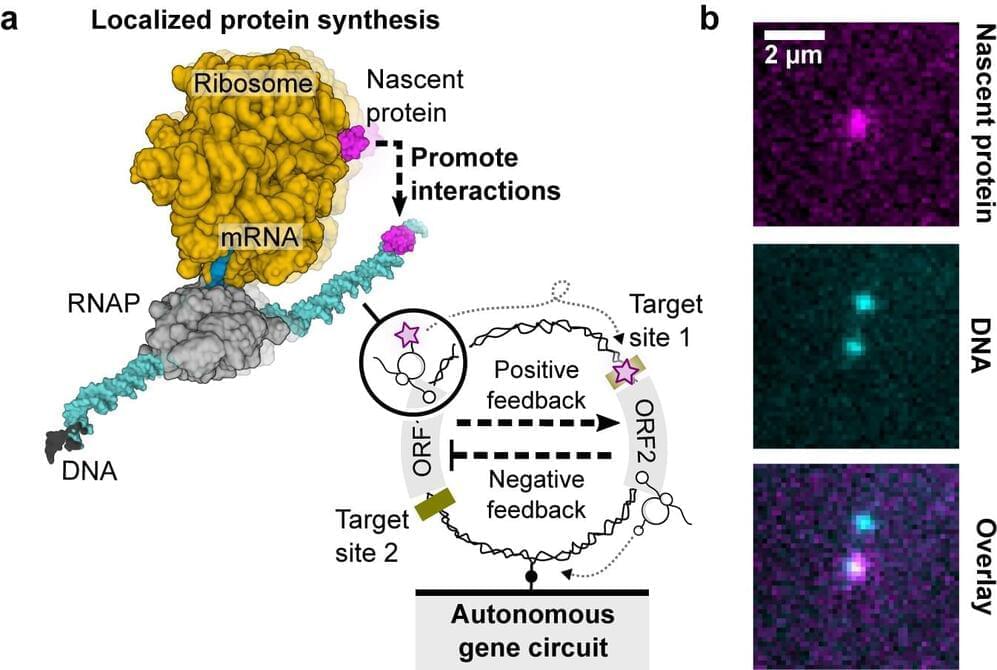
Beyond cells: Unveiling the potential of genetic circuits on single DNA molecules
In a new Nature Communications study, researchers have explored the construction of genetic circuits on single DNA molecules, demonstrating localized protein synthesis as a guiding principle for dissipative nanodevices, offering insights into artificial cell design and nanobiotechnology applications.
The term “genetic circuit” is a metaphorical description of the complex network of genetic elements (such as genes, promoters, and regulatory proteins) within a cell that interact to control gene expression and cellular functions.
In the realm of artificial cell design, scientists aim to replicate and engineer these genetic circuits to create functional, self-contained units. These circuits act as the molecular machinery responsible for orchestrating cellular processes by precisely regulating the production of proteins and other molecules.